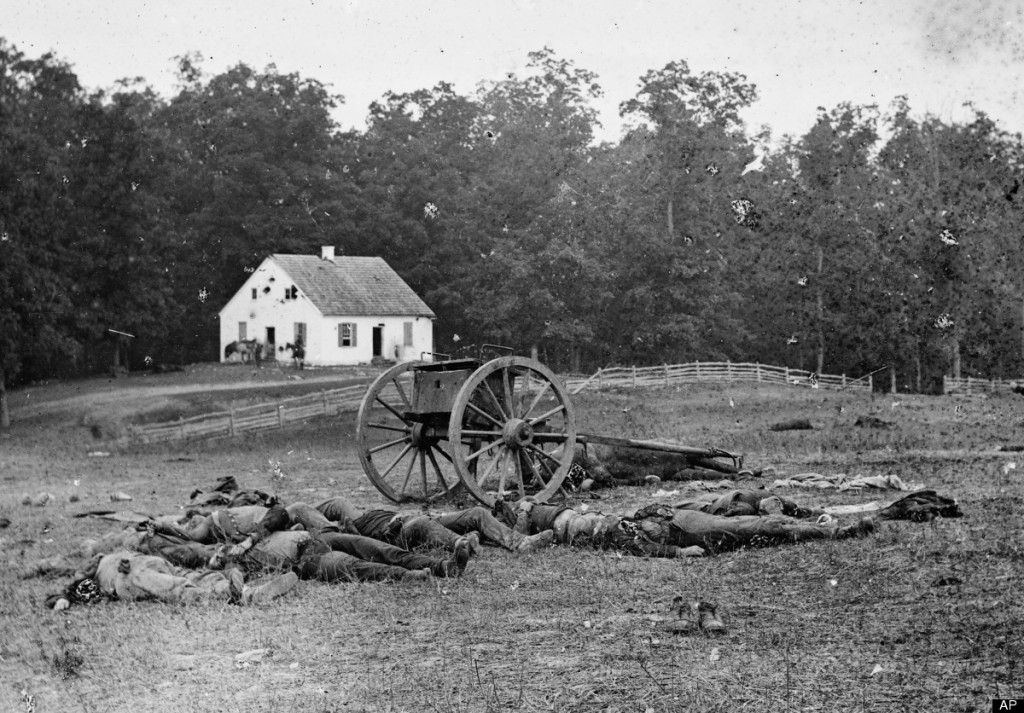Identifying Artists, Works, and Schools of 2D Visual Art from the Nineteenth Century
Help Questions
CLEP Humanities › Identifying Artists, Works, and Schools of 2D Visual Art from the Nineteenth Century
Louis Comfort Tiffany and Antoni Gaudi were both part of which artistic movement?
Art Nouveau
Dadaism
Nabis
Pictorialism
Pre-Raphaelite Brotherhood
Explanation
Art Nouveau developed in both Europe and the United States. Tiffany's work with stained glass and Antoni Gaudi's unique architectural style both had many elements from nature. These natural elements included flowers, leaves, and flowing, wavelike patterns.
Gustave Courbet is well known for developing and working in what style?
Realism
Romanticism
History painting
Impressionism
Expressionism
Explanation
Gustave Courbet (1819-1877) was a French painter who reacted to the previous generation's bold romanticism and his contemporary critics' love of history painting by developing what he termed "realism." Courbet wished to use his painting to comment on social issues and values, which he felt were valuable topics on which a painter might focus. Courbet sought out landscapes, portraits, and still lifes that depicted the everyday in rough, honest brushstrokes.
Who of the following artists was known for his "orientalist" paintings?
Eugene Delacroix
Claude Monet
Edgar Degas
Paul Gauguin
Georges Seurat
Explanation
Delacroix was a famous nineteenth-century painter known for his orientalist paintings, which illustrated Middle Eastern culture and lifestyle to a Western audience.
Who was the painter who chronicled the wildlife, particularly birds, of nineteenth century America?
John James Audubon
John Singer Sargent
Gilbert Stuart
James Carroll Beckwith
Frederic Remington
Explanation
John James Audubon was a Frenchman who came to America in 1803 to avoid the Napoleonic Wars. He made a name for himself in the early nineteenth century as a painter of wildlife and landscapes of the then vast American frontier. His The Birds of America, published in sections between 1827 and 1838, not only was a remarkable work of art by an American artist, but helped ornithology immensely in understanding avian wildlife in America.
Which of the following grouping of artists were NOT part of the same art movement?
Vincent van Gogh, Henri Matisse, Joan Miro
Jasper Johns, Robert Rauschenberg, Roy Lichtenstein
Pablo Picasso, Georges Braque, Fernand Léger
Jackson Pollock, Wassily Kandinsky, Mark Rothko
Paul Cézanne, Édouard Manet, Claude Monet
Explanation
Vincent van Gogh, Henri Matisse, and Joan Miró were all connected as artists through their use of color and experimentation with forms. Nonetheless, each artist developed his own unique style that largely stood apart from other artists. Van Gogh's postimpressionistic style built on impressionism, while Matisse and Miro's deconstruction of form and representation exploded many of impressionism's notions of art.
Some painters who influenced the Realist school of art included .
All of these answers are correct
Caravaggio
Zurburan
Rembrandt
Velázquez
Explanation
All of the painters listed were influences on the Realist artists. Additional influences included Socialism and the European revolutions of 1848. The Realists eventually influenced the pre-Raphaelites and American Scene Painting.
The above work of art is an example of the artistic movement known as .
Post-Impressionism
Cubism
Expressionism
Neoclassicism
Realism
Explanation
This painting, an 1899 self-portrait by Vincent van Gogh, stands firmly in the tradition of post-impressionism. Post-impressionists took many of the elements of the Impressionists of a generation earlier, including visible brushstrokes, emotional concerns, and everyday scenes, and pushed them further. As seen in this work, the paint is extremely thick and textured, with bright, almost unrealistic colors sharpening the image.

The above photography was made by which notable American artist?
Matthew Brady
Alfred Stieglitz
Ansel Adams
William Page
Willard Van Dyke
Explanation
The work of Matthew Brady during the American Civil War pioneered many notable aspects of photography, which was still a new medium and had mostly been devoted to portraiture. Brady's willingness to document the Civil War by going to battlefields reframed the possibilities for photography, notably allowing for the development of photojournalism.
The artistic movement known as Impressionism began in which country?
France
Spain
Italy
England
The Netherlands
Explanation
Impressionism grew popular in the nineteenth century as a reaction to France's main artistic competition, the Salon de Paris. The Salon's judges valued grand themes, realistic portrayals, and fine brushwork, whereas the Impressionists focused on everyday scenes, emotional depictions, and visible, thick brushstrokes. Some of the major impressionists include Paul Cézanne, Édouard Manet, Pierre-Auguste Renoir, and Claude Monet.
The French painter who was the official painter for the rule of the Emperor Napoleon I was .
Jacques-Louis David
Eugène Delacroix
Théodore Géricault
Alexander Kucharsky
Antoine-François Callet
Explanation
Jacques-Louis David first made a name for himself as a historical painter in the 1780s, but his republican sympathies meant he was allied with French revolutionaries. This benefitted him most by allowing him to become the Emperor Napoleon's official court painter. Famous for his portraits of Napoleon, and particularly his large Coronation of Napoleon from 1806, David's style featured bold expressions, bright colors, and dramatic poses.